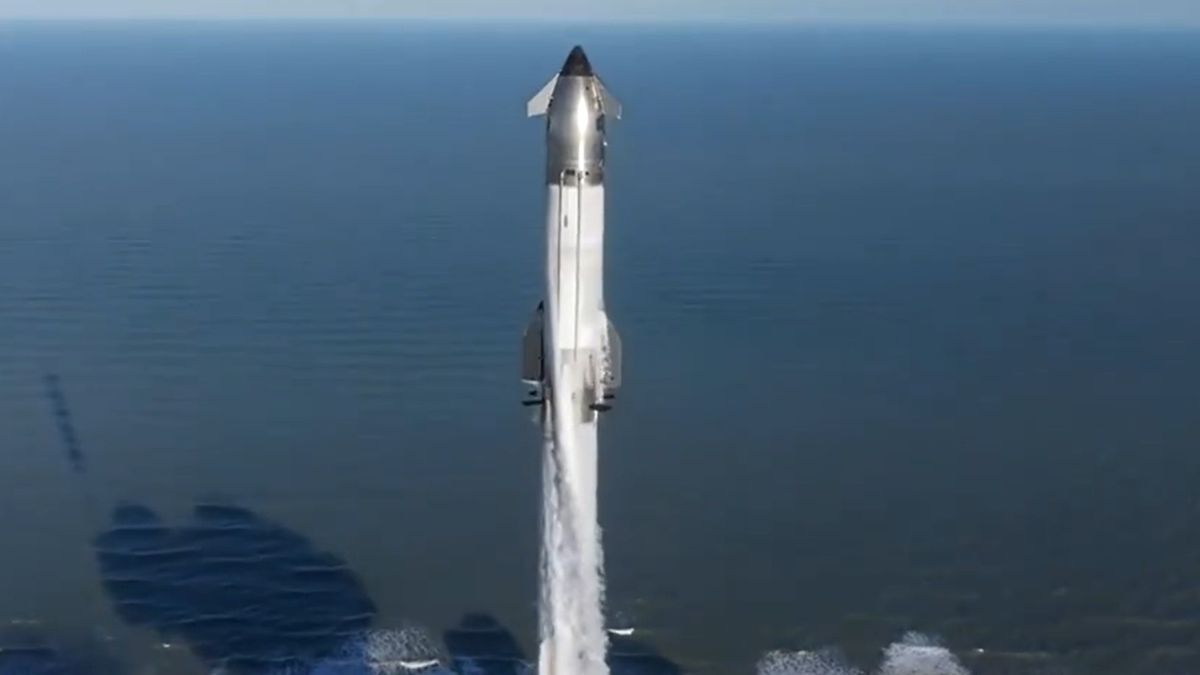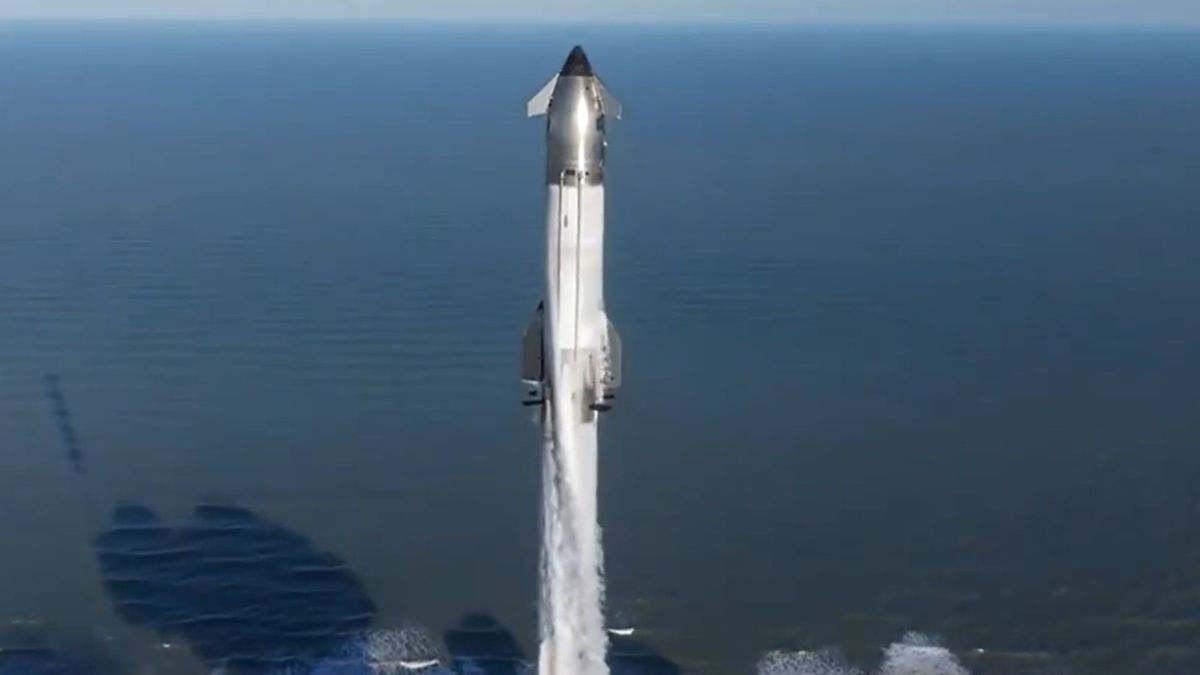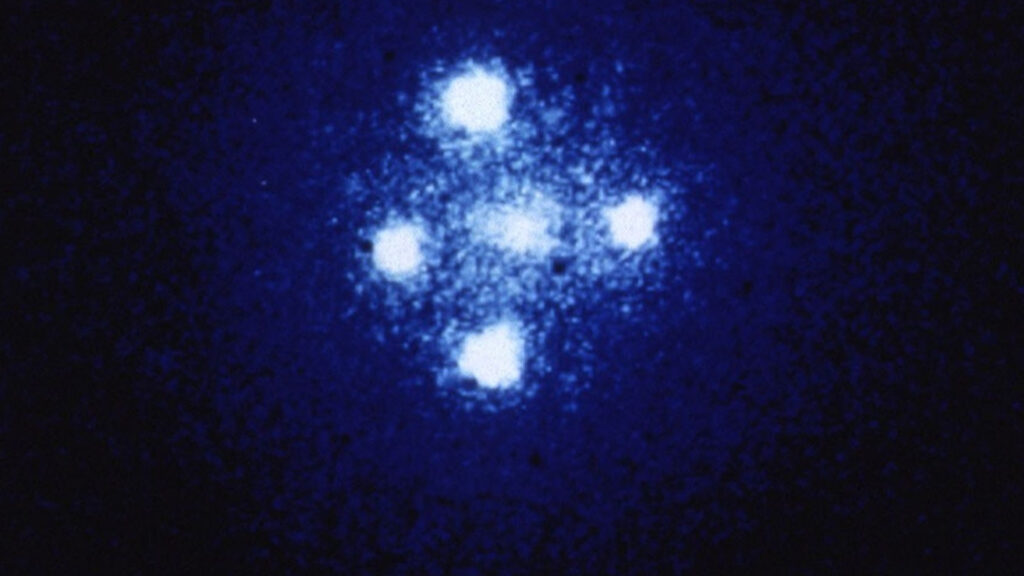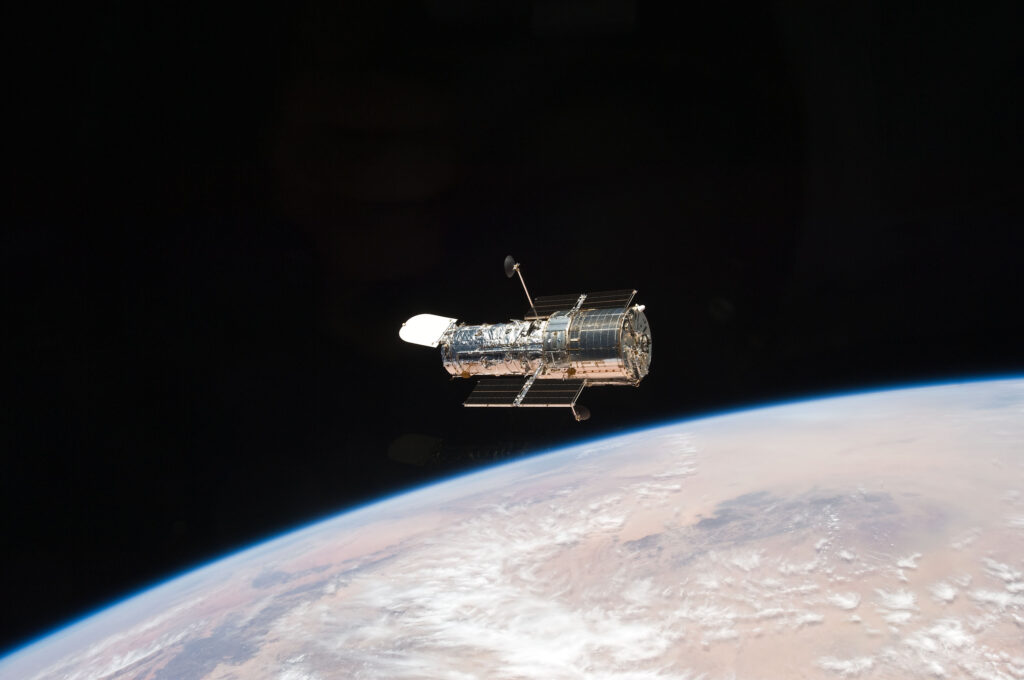
SpaceX has finished its investigation into what went wrong on the seventh test flight of its Starship rocket, which ended with a dramatic explosion.
Flight 7 launched on Jan. 16, sending Starship aloft from SpaceX‘s Starbase site in South Texas. The mission was partially successful; SpaceX caught Starship’s giant first-stage booster, known as Super Heavy, back at Starbase using the launch tower’s “chopstick” arms as planned.
The rocket’s upper stage — known as Starship, or simply “Ship” — was supposed to deploy 10 dummy satellites into a suborbital trajectory and then splash down in the Indian Ocean about an hour after liftoff. That didn’t happen, however; Ship suffered an anomaly and broke apart over the Atlantic Ocean, sending debris raining down over the Turks and Caicos Islands.
Just a few hours later, SpaceX had already identified a likely cause.
You may like
“Preliminary indication is that we had an oxygen/fuel leak in the cavity above the ship engine firewall that was large enough to build pressure in excess of the vent capacity,” company founder and CEO Elon Musk said via X, the social media platform he owns, on Jan. 16.
Further investigation has confirmed and extended that initial finding, SpaceX announced in an update today (Feb. 24).
“The most probable root cause for the loss of ship was identified as a harmonic response several times stronger in flight than had been seen during testing, which led to increased stress on hardware in the propulsion system,” the company wrote. “The subsequent propellant leaks exceeded the venting capability of the ship’s attic area and resulted in sustained fires.”
The attic, SpaceX explained in the post, is an unpressurized area in the aft section of Ship that lies between the bottom of the liquid oxygen tank and the heat shield. (Ship’s six Raptor engines run on liquid methane and liquid oxygen.)
The fires “eventually caused all but one of Starship’s engines to execute controlled shutdown sequences and ultimately led to a loss of communication with the ship,” SpaceX wrote in the update.
Loss of contact occurred about 8.5 minutes into Flight 7. Ship’s flight termination system triggered autonomously a few minutes later, as it is designed to do in such situations, causing Ship to break apart.
Related: SpaceX catches Super Heavy booster on Starship Flight 7 test but loses upper stage (video, photos)
Starship Flight 7 breaking up and re-entering over Turks and Caicos pic.twitter.com/iuQ0YAy17OJanuary 16, 2025
RELATED STORIES:
SpaceX has taken steps to minimize the chances that something similar will happen on future Starship flights, the company wrote in the update.
For example, it conducted a 60-second “static fire” engine test with the Ship vehicle that will fly on the eighth Starship flight, which could fly as soon as this Friday (Feb. 28).
The results of that extra-long firing “informed hardware changes to the fuel feedlines to vacuum engines, adjustments to propellant temperatures, and a new operating thrust target that will be used on the upcoming flight test,” SpaceX wrote.
“To address flammability potential in the attic section on Starship, additional vents and a new purge system utilizing gaseous nitrogen are being added to the current generation of ships to make the area more robust to propellant leakage,” the company added. “Future upgrades to Starship will introduce the Raptor 3 engine, reducing the attic volume and eliminating the majority of joints that can leak into this volume.”
SpaceX led the Flight 7 anomaly investigation, with oversight by the U.S. Federal Aviation Administration (FAA) and participation from NASA, the National Transportation Safety Board and the U.S. Space Force. The company is working with the FAA to close out the investigation and/or receive a “flight safety determination” in time to launch Flight 8 on Friday.



